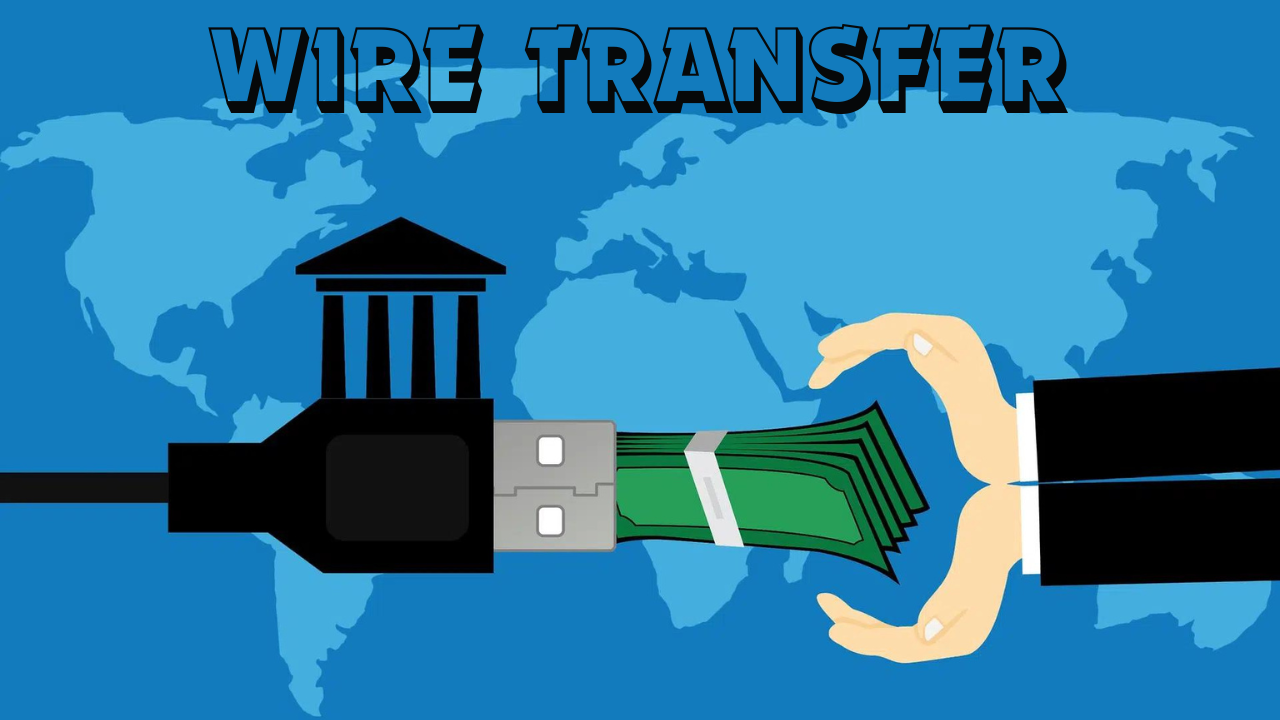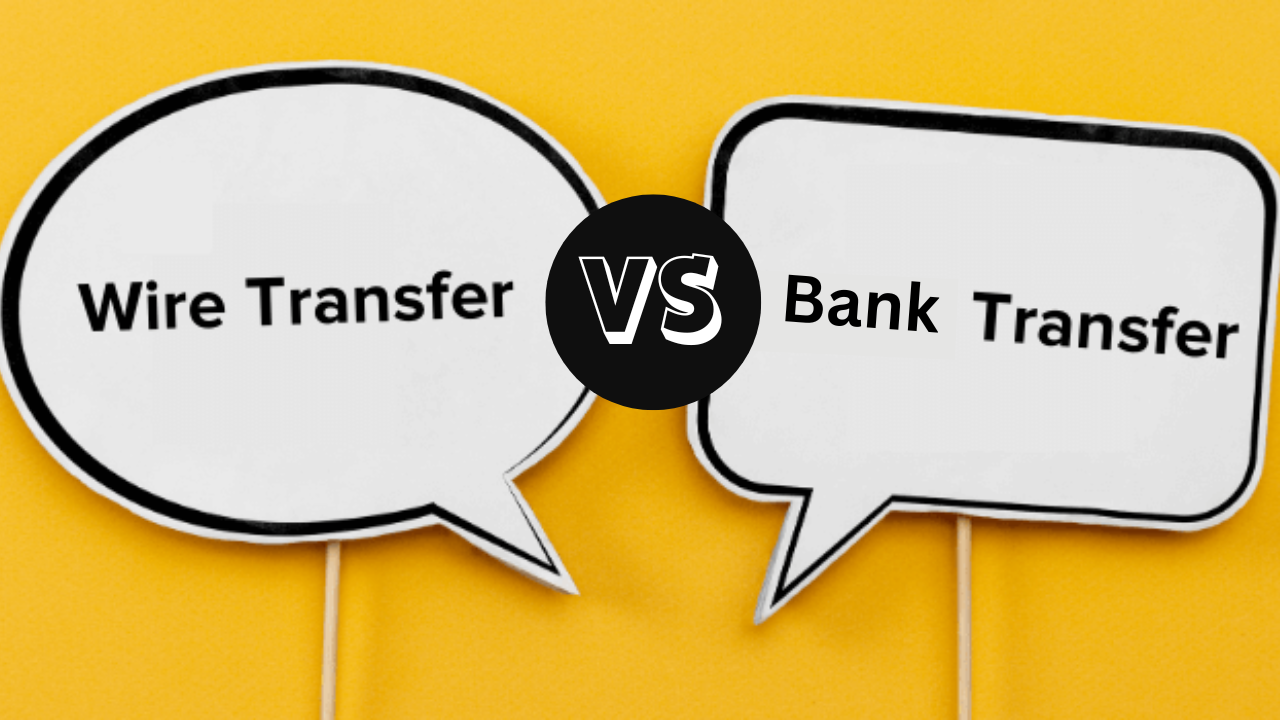Introduction:
For quick financial transactions, individuals and businesses often have to choose between wire transfer and bank transfer. Both ways are safe for sending money, but it’s important to know the distinctions to make smart choices. In India, where the world of finance is evolving rapidly, it is necessary to research the differences between bank transfers and wire transfers to determine which option best suits your needs.
What is a Wire Transfer:
Wire transfers, also known as electronic funds transfers (EFTs), involve the direct transfer of funds from one bank to another. This process is facilitated by a network of financial institutions and funds are usually transferred within the same day. Wire transfers are widely used in international transactions, making them an efficient option for companies engaged in global business.

Advantages of Wire Transfers in India:
Speed and efficiency:
Wire transfers are known for their speed and often offer the same or next transfer options. This makes them perfect for things that need to be done quickly.
Global Reach:
Wire transfers are not limited to domestic payment transactions; they can facilitate international transfers and make them suitable for companies with cross-border transactions.
Security:
Wire transfers are considered safe because they involve a direct link between banks. This makes it harder for bad people to trick us and ensures that sending money is safe.
Disadvantages of Wire Transfers in India:
Cost:
Wire transfers are usually more expensive than other transfer methods. Banks often charge fees for both incoming and outgoing wire transfers.
Bank Dependency:
The process is highly dependent on the participating banks, and delays or problems in their systems may affect the speed of the transfer.
What is a Bank Transfer:
Bank transfers, on the other hand, involve transferring money between accounts in the same bank or between accounts in different banks. Many people and businesses in the country use this method a lot for transactions inside the country because it’s easy to use and access.
 Advantages of Bank Transfers in India:
Advantages of Bank Transfers in India:
Cost-Effective:
Bank transfers within the same bank are often free or for a small fee. Fees for bank-to-bank transfers are usually lower than bank transfers.
Accessibility:
Bank transfers are available to a greater number of individuals and businesses, making them the first choice for domestic payment transactions.
Convenience:
With the growth of digital banking, it is convenient to make a bank transfer through online banking platforms or mobile applications.
Disadvantages of Bank Transfers in India:
Speed:
Although domestic bank transfers are relatively fast, they may not match the speed of wire transfers, especially in urgent situations.
Limited International Use:
Bank transfers are primarily intended for domestic payment transactions and may be limited or difficult to use for international account transfers.
Conclusion:
Choosing between wire transfers and bank transfers in India depends on your financial needs. For international payment transactions or urgent bank transfers, a wire transfer may be a better option, despite the higher costs. On the other hand, bank transfers offer a cost-effective and readily available solution for routine household transactions. To make an informed decision that meets your financial goals, it is imperative to weigh the pros and cons of each method and consider factors such as speed, cost, and convenience. As the financial world is constantly evolving, you will be aware of the latest developments in banking and payment systems so that you can make optimal choices for your financial transactions.

